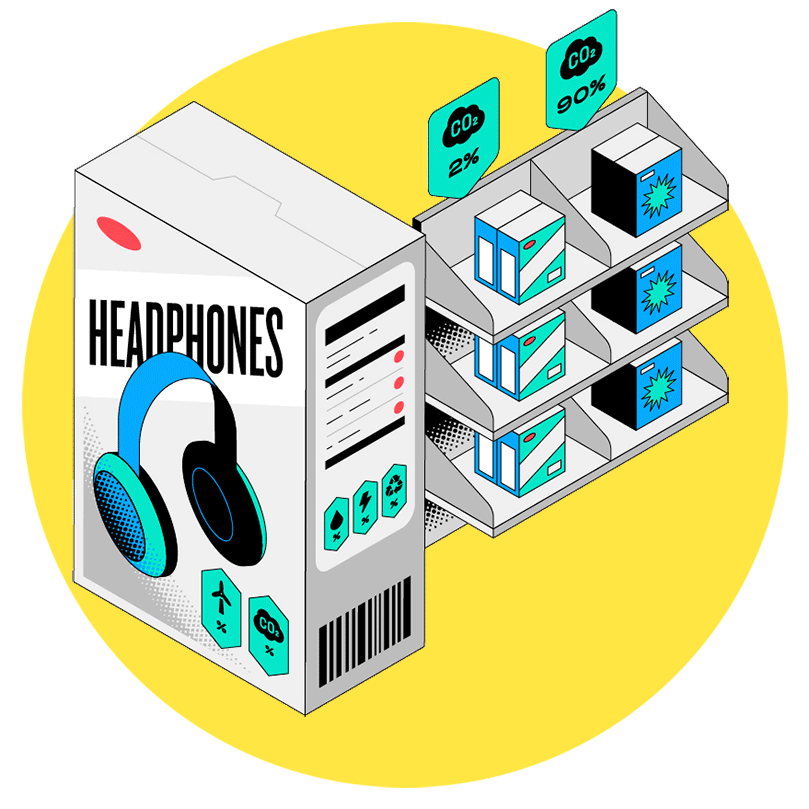In 2020, the United Nations published a report on electronic waste – and the findings were bracing. The world was producing a record 53.6 million metric tonnes of e-waste per year, the equivalent of over a million Boeing 737s. Comprising everything from video cameras and televisions to vacuum cleaners and dishwashers, this contained $57 billion of raw materials, more than the GDP of many countries – of which only 17.4 percent was recycled. More troubling still, the UN forecast that on current trends, annual e-waste generation will grow to 74.7 million metric tonnes by 2030.
This is not only a public health concern, because e-waste contains harmful substances, but it’s a stark environmental issue – and that’s before you even consider the lifetime energy use of all those devices. The UN forecasts that this year, the world’s population will hit eight billion people; 20 years prior, it had just passed six billion. For a measure of how that translates into tech proliferation, consider mobile phones. Last year, there were 14.91 billion phones operating globally; this year that number is expected to be around a billion more. These devices don’t just use electricity when they are in the hands of the consumer; their manufacture and distribution also generate considerable emissions.
This picture presents myriad challenges. On the one hand, there’s the need to reduce the carbon footprint. That’s an imperative for many industries. On the other, are problems which are specific to consumer tech brands. It is inherently difficult for them to operate sustainably thanks to the very nature of their business. These products are resource-intensive – plastics, chemicals, rare-earth elements, all of which are tricky to separate from each other and therefore hard to recycle. A circuit board, for instance, is a tightly-packed maze of overlapping parts and materials. Combine that with the often short life-cycles of electronic products, owing to the difficulty of repair and the onward march of technological progress, and you have an acute problem.









